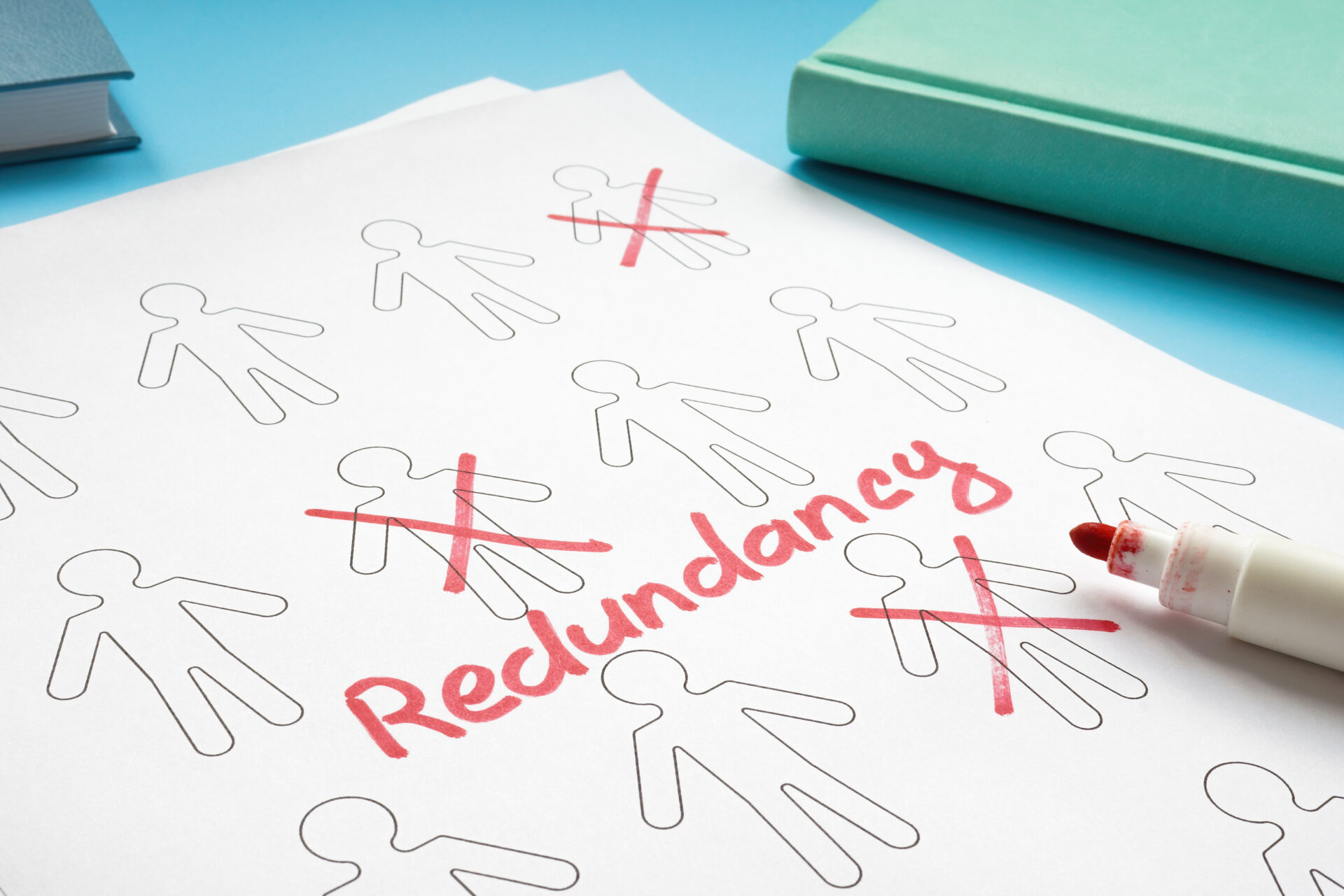UK employers are anticipating the largest round of redundancies in a decade due to decreasing business confidence and rising economic pressures, according to Evelyn Partners.
The Chartered Institute of Personnel and Development (CIPD) indicated that redundancy intentions among 2,000 employers reached their highest since the pandemic.
Gary Smith, partner in financial planning at Evelyn Partners, said: “Redundancy or loss of earnings might be something employees have seen approaching on the horizon, or it can strike out of the blue.
“With the growth outlook in the UK currently weak and employers facing a number of headwinds, it can be a good idea to make sure you can cope should job insecurity – or a drop-off in business in the case of the self-employed – strike.
“There are some steps people can take to help protect against the possibility of losing their job or suffering an earnings loss, and there are strategies to cope with the financial fallout.”
An emergency savings buffer is essential for both employed and self-employed individuals.
Smith advised aiming for six to 12 months’ worth of basic expenses saved, in addition to considering income protection policies, although these generally do not cover unemployment.
For those facing redundancy, it is important to verify your notice period and redundancy pay entitlements – Smith suggested considering gardening leave to use the time to plan.
Negotiating redundancy packages is an option, and consulting an employment solicitor might help in these situations.
Smith said: “Payments in lieu of notice and holiday entitlement will be taxed as regular income. Depending on where you are in the tax year, and how much you earn for the remainder of it, you might be overcharged by PAYE.
“But it is up to you to check this and notify HMRC, and it might involve claiming back overpaid tax with a self-assessment tax return.”
The first £30,000 of redundancy payments is tax-free, with any amount over this subject to tax.
A possible strategy to mitigate tax is paying the excess into a pension to benefit from tax relief.
Managing an existing company pension is also vital, according to Smith.
Options include leaving the pension as is or transferring it to another scheme.
Smith said: “It is essential to make a financial plan for redundancy, in order to calculate how long one can comfortably remain without earned income – or for older workers, whether it is feasible to bring forward retirement.
“Prospective retirees need to be realistic and get a complete picture of their financial situation and monthly outgoings in order to formulate a retirement plan – or a phased-retirement plan that includes a continuing source of earned income.
“And for this, it is hard to replicate a sophisticated cashflow model – and the support and recommendations that come with it from a good financial planner.”
















